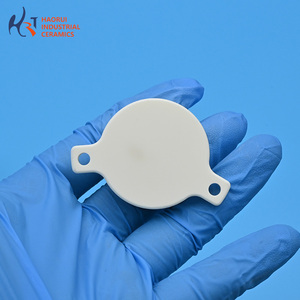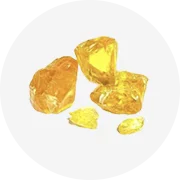Introduction to Crucibles with Hole
Crucibles with hole are essential tools used in various industries for melting and holding materials at extremely high temperatures. These specialized crucibles are designed to facilitate the process of testing and analyzing the properties of metals, alloys, and other substances. The unique feature of having a hole allows gases to escape during heating, preventing pressure buildup and ensuring safer operations.
Types of Crucibles with Hole
- Metal Crucibles: Typically made from stainless steel or nickel alloys, these crucibles are ideal for high-temperature applications and provide excellent thermal conductivity.
- Ceramic Crucibles: These are manufactured from alumina or zirconia materials, offering high resistance to thermal shock and chemical corrosion, suitable for laboratory environments.
- Graphite Crucibles: Recognized for their great resistance to thermal shock and high temperatures, graphite crucibles are often used in foundries and steelworks for melting metals.
- Silicon Carbide Crucibles: Known for their durability and resistance to chemical attack, silicon carbide crucibles are perfect for applications involving molten metal.
Applications of Crucibles with Hole
- Metal Casting: Crucibles with hole are widely used in foundries for melting metals, where their design allows for improved airflow and reduced risks during the pouring process.
- Laboratory Testing: Used in laboratories for conducting thermal analysis, these crucibles are pivotal for measuring melting points and conducting experiments that require consistent temperature management.
- Gemstone Development: In the gemological sector, these crucibles are employed for creating synthetic gemstones, where precise temperature control is crucial for successful synthesis.
- Ceramic Production: Ideal for producing ceramic materials, crucibles with holes facilitate expelling gases during the firing process, preventing defects in the final product.
Advantages of Crucibles with Hole
- Enhanced Safety: The presence of a hole allows for the release of gases, significantly minimizing the risk of explosive reactions caused by pressure buildup.
- Improved Efficiency: These crucibles enable better thermal management, leading to quicker heating and melting processes, thereby increasing productivity.
- Versatility: Available in various materials, crucibles with hole can be used for a multitude of applications across different industries.
- Cost-Effectiveness: By reducing the risk of accidents and failures, these crucibles lower the overall operational costs associated with material handling and processing.
Function and Feature of Crucibles with Hole
- Heat Resistance: Crucibles are designed to withstand extreme temperatures without compromising their structural integrity.
- Gas Ventilation: The hole allows gases released during heating to escape, preventing pressure buildup and maintaining a safe working environment.
- Thermal Conductivity: Made from materials with high thermal conductivity, these crucibles ensure even heat distribution, which is crucial for uniform melting processes.
- Customizable Sizes: Available in various sizes, these crucibles can accommodate different volumes of materials, catering to a wide range of industrial and laboratory needs.







































































































































































































































































 浙公网安备 33010002000092号
浙公网安备 33010002000092号 浙B2-20120091-4
浙B2-20120091-4